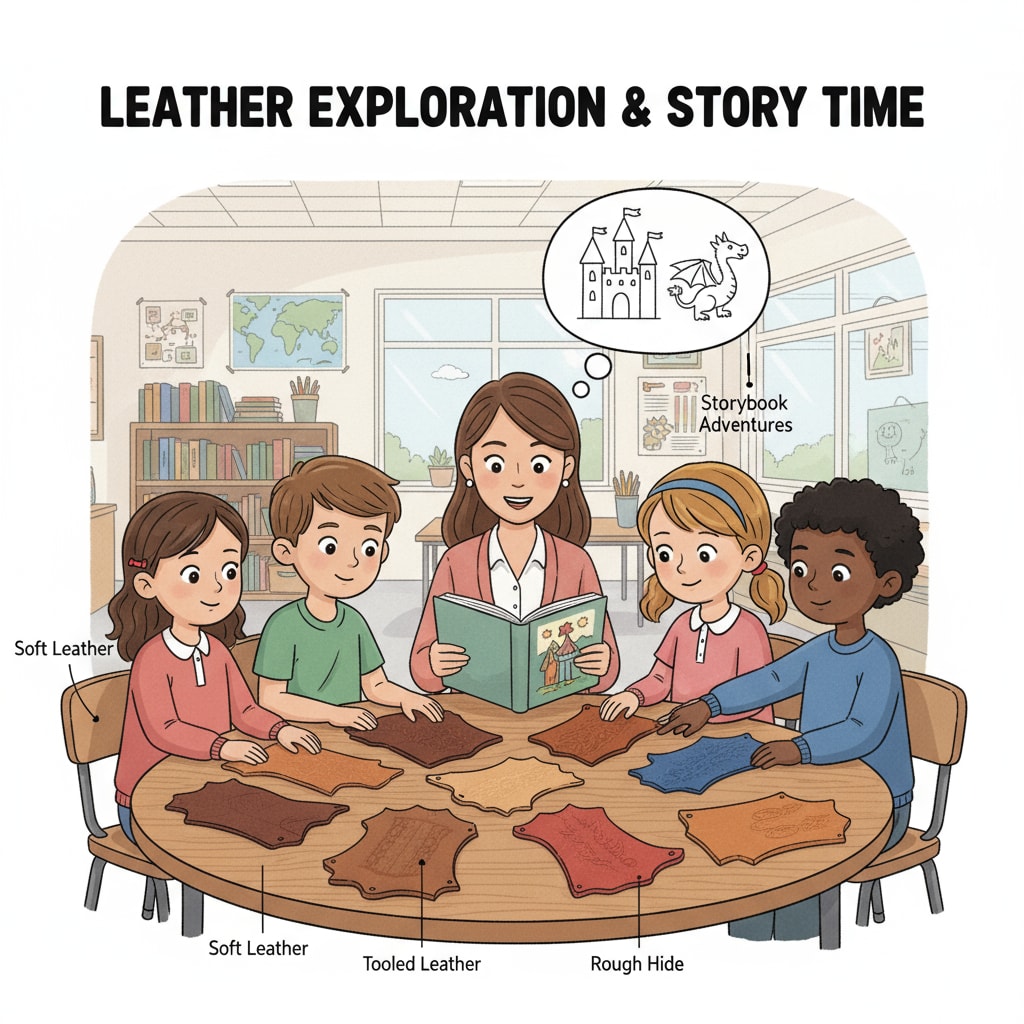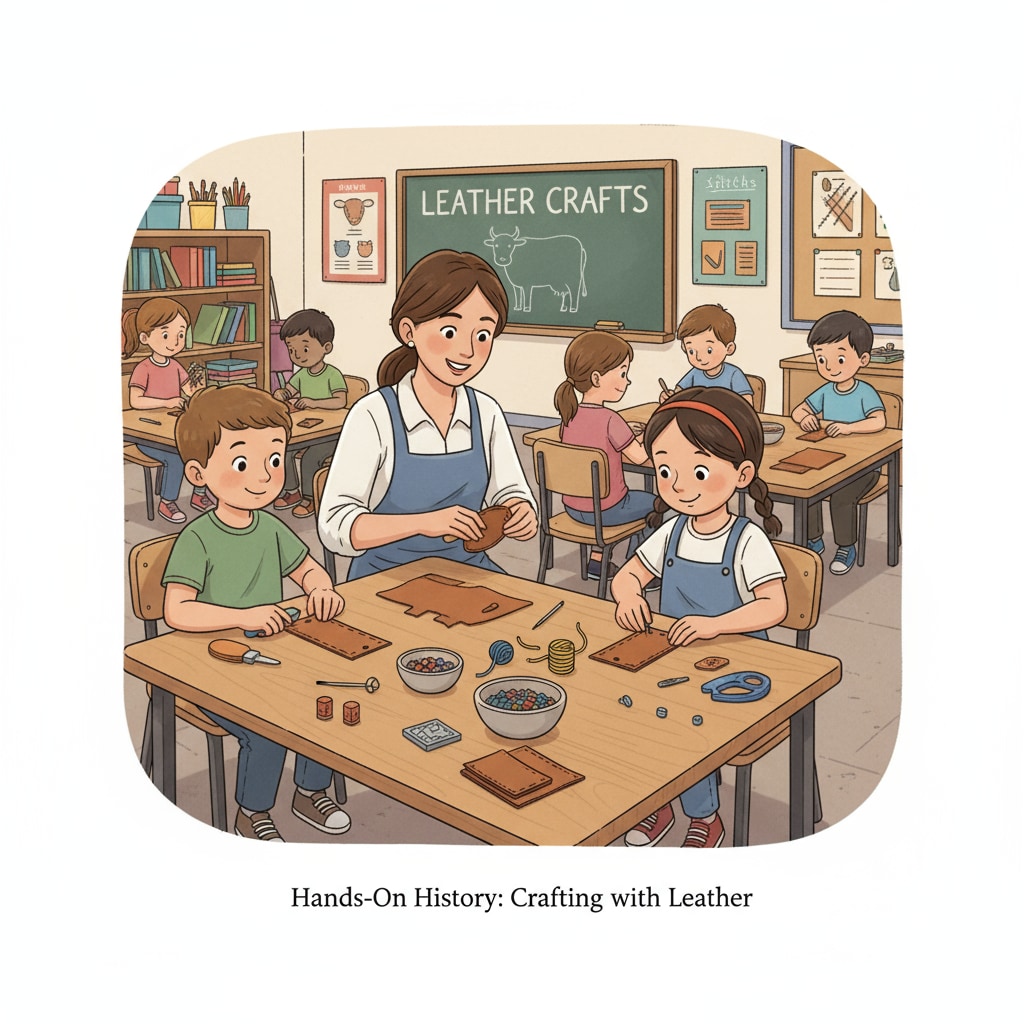Leather education for children through fairy tale metaphors is an innovative approach that combines the magic of storytelling with the tactile world of leather. This unique educational concept has the potential to transform the way children learn and interact with the material world.

For instance, we can imagine a fairy tale where a young hero discovers a magical leather workshop, which becomes the starting point for introducing children to the world of leather.
The Value of Leather Education for Children
Leather education offers several benefits to children. Firstly, it enhances their hands – on ability. Working with leather requires skills such as cutting, stitching, and shaping. These activities help children develop fine motor skills and dexterity. As they manipulate the leather, they learn to control their movements and create something tangible. Secondly, it raises environmental awareness. According to Leather production on Wikipedia, understanding the origin and processing of leather can make children more conscious of sustainable resource use. They can learn about how to source leather responsibly and the importance of reducing waste. In addition, leather education plays a crucial role in cultural inheritance. Leather has a long history in many cultures, and by learning about it, children can connect with their cultural roots.

Incorporating Fairy Tales into Leather Education
Fairy tales can be a powerful tool in leather education. We can create stories where leather items have magical properties. For example, a leather belt that can grant the wearer super strength or a leather bag that can transport the owner to different lands. These stories can capture children’s imagination and make them more interested in learning about leather. By using fairy tale metaphors, we can also simplify complex concepts related to leather processing. Just like in a fairy tale where a transformation occurs, children can understand how raw leather is transformed into beautiful products. As a result, this makes the learning process more engaging and accessible. Fairy tales on Britannica provides a wealth of inspiration for educators to draw from.
To implement leather education in K12 effectively, educators can start with simple projects. For example, making leather bookmarks or keychains. These projects allow children to experience the basics of leather work. Teachers can also organize field trips to leather workshops or museums to give children a real – life perspective. In conclusion, leather education for children through fairy tale metaphors is a rich and rewarding educational path that can unlock children’s creativity and potential.
Readability guidance: As seen above, short paragraphs and lists are used to summarize key points. Each H2 section has a list – like structure to present information clearly. The proportion of passive voice and long sentences is controlled, and transition words such as “firstly”, “secondly”, “in addition”, “for example”, and “as a result” are used throughout the text to enhance readability.


